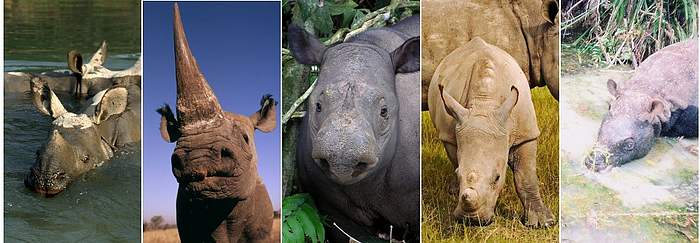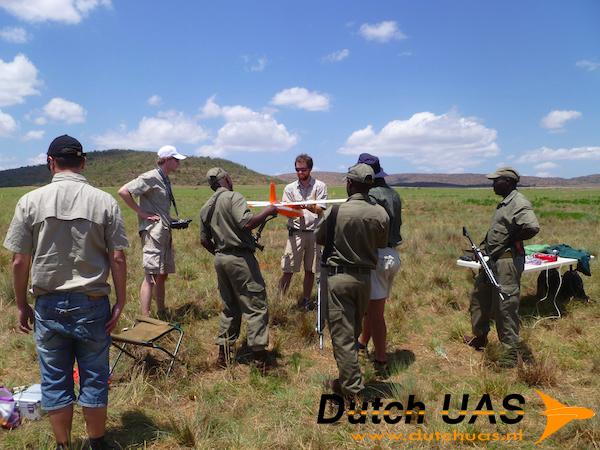Kruger National Park is the flagship of national parks in South Africa. The park was established way back in 1898, to protect the wildlife of the South African Lowveld. The Kruger park covers almost 2,000,000 hectares. The Kruger is home to the widest range of species of any conservation park in South Africa: 507 birds, 336 trees, 147 mammals, 114 reptiles, 49 species of fish and 34 amphibians. There are also many human treasures in Kruger: sites from rock paintings created by bushmen to the Masorini and Thulamela archaeological areas. The official website states that these treasures“represent the cultures, persons and events that played a role in the history of the Kruger National Park and are conserved along with the park’s natural assets.”

With such biodiversity, zoological and anthropological gems, protecting the park is an ongoing and vital process. Dangers to the cultures and creatures that the Kruger maintains come in a number of forms. However, it is the danger represented by poaching – professional and problematic across a vast 2 million hectare area – that a 3D printing project seeks to confront.
One particular problem is for the remaining Rhino population. Given that the street price for Rhino horn in China and Vietnam is some six times that of gold, there is an unfortunate demand for the horn of this most beautiful and iconic of species. The horn is believed, in parts of those countries, to posses magical powers, an ancient superstition that poses a real danger to the ever lessening numbers of Rhinoceros. There were some thousand Rhinos lost to poachers in South Africa in 2013, the majority of which, some six hundred, were killed in the Kruger. There has been a dramatic rise in the numbers lost over recent years, which, as Rhino horn sells for as much as USD $100,000 per kilogram, has been affiliated to a general rise in affluence in east Asia.
Around the world there are now a tragically low number of various Rhino species: The World Wide Fund for Nature states that there are just fifty (yes, 50) Javan Rhino left; the Sumatran Rhino numbers just 200, with a Borneo subspecies at 25 individuals; the Indian Rhino is a comparative conservation success story with a population that has risen from just 600 in 1975 to 2,900 today — still, clearly, an astonishingly low number of animals. These Rhino’s represent that which remains of an animal population that once was numerous across much of the Earth, from Europe to Japan.

In response to the problem of poaching, and on the back of an Executive Order from President Obama, Princess Aliyah Pandolfi founded the worldwide Wildlife Conservation unmanned aerial vehicle Challenge (wcUAVc). The challenge seeks to“foster innovation and invention in the design, fabrication, and utilization of unmanned aircraft to assist with counter poaching and illicit wildlife trafficking.”
There are videos featuring some of the participating team’s responses to the challenge below. 3D printing is playing an important role in the planning and building of the UAV’s that when complete will represent a real technological innovation in the vital protection of the increasingly rare Rhinoceros. They are well worth a watch.


